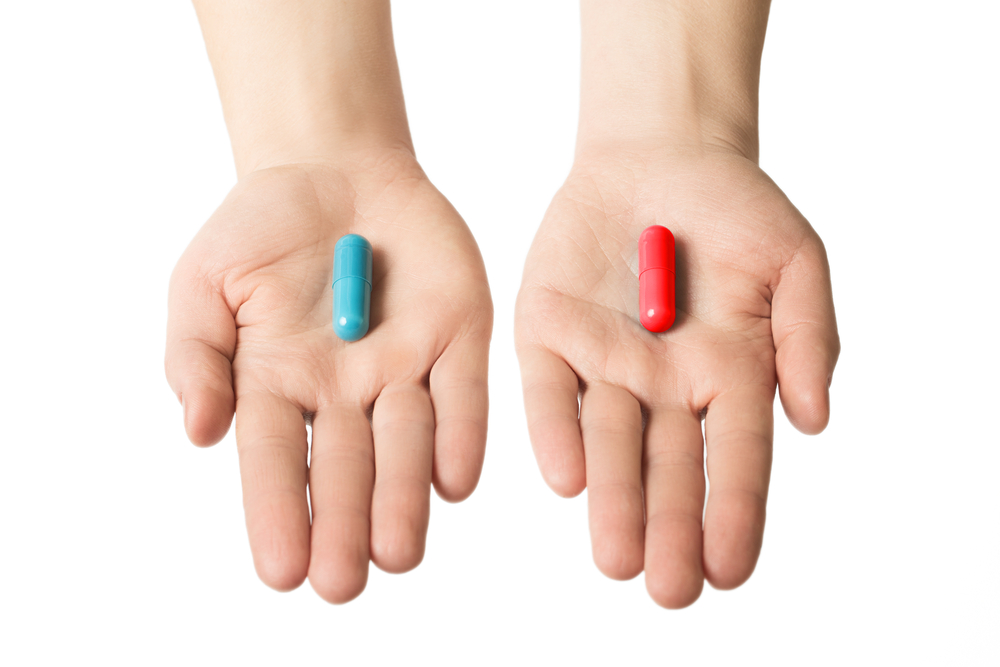Lower Doses of Parathyroid Hormone Effective for Some With Hypoparathyroidism

Lower doses of a previously approved treatment for hypoparathyroidism are effective and safe to treat a subset of patients, according to Phase 3 clinical study.
The study “Safety and Efficacy of Recombinant Human Parathyroid Hormone in Adults With Hypoparathyroidism Randomly Assigned to Receive Fixed 25-μg or 50-μg Daily Doses” was published in Clinical Therapeutics,
Hypoparathyroidism, which is a result of the loss or decline of circulating parathyroid hormone (PTH), leads to low levels of calcium in the blood (hypocalcemia) and, consequently, often treated by high doses of calcium and active vitamin D.
This therapeutic approach, however, can lead to more complications due to an inadequate control of calcium levels.
Another therapeutic approach involves introducing recombinant human PTH (rhPTH[1-84]) as an adjunct to calcium and vitamin D therapy, which proved to be effective in the REPLACE Phase 3 trial (NCT00732615).
In REPLACE, a once-daily injection of rhPTH[1-84] allowed for a 50 percent reduction in oral calcium and vitamin D doses while maintaining blood calcium levels. The rhPTH[1-84] doses used in REPLACE, however, ranged from 50 to 100 μg/d, and the data suggested that lower doses might be effective in some patients. Therefore, another Phase 3 study (NCT01268098), RELAY, was designed to assess the safety and effectiveness of 25 and 50 μg/d rhPTH[1-84] doses to treat adult patients with hypoparathyroidism.
The study involved 42 patients (18 to 85 years old) who were randomized to receive 25 μg/d (19 patients) or 50 μg/d (23 patients) of subcutaneous rhPTH[1-84] for eight weeks. To assess the effectiveness of each dose, researchers tested supplement reductions in calcium and active vitamin D, while monitoring normal calcium levels in the blood.
At the end of the eight-week study, researchers found that four of the 19 patients receiving the lower (25 μg/d) dose achieved supplement reductions in calcium and vitamin D while maintaining serum calcium levels, compared to six of the 23 patients who received the higher (50 μg/d) dose.
Adverse effects were experienced by 11 and 17 patients in the low- and high-dose groups, respectively.
The study had its limitations, including the small number of paerticipants and the absence of a placebo control group. However, researchers concluded that “25 and 50 μg/d of rhPTH(1–84) appear to be effective and well-tolerated alternatives for a subset of patients with hypoparathyroidism.”





